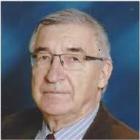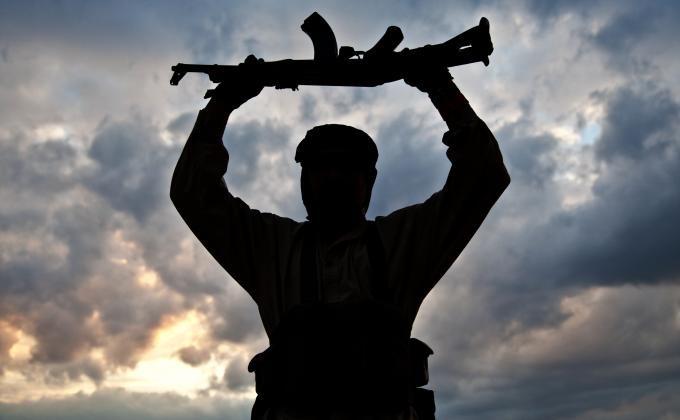This Policy Brief - a short version of a larger Research Paper to be released by ICCT in late 2015 - focuses on the phenomenon of foreign (terrorist) fighters (FTFs) as it relates to Syria and Iraq. It concentrates on recruits to jihad and the astonishing growth in numbers from less than 1,000 in 2011 to more than 3,500 in 2012, 8,500+ in 2013, 18,000+ in 2014 to more than 25,000 by fall 2015. By October 2015, nearly 30,000 militants from more than 100 countries had become foreign fighters with the so-called “Islamic State” (IS) in Syria and Iraq and other militant groups. This Policy Brief first discusses various definitions of FTFs by disaggregating the “foreign”, “terrorist” and “fighters” elements of FTFs of the UN Security Council definition in resolution 2178 (2014). Subsequently, an attempt is made to bring some structure and order to the widely diverging estimates of the numbers of foreign fighters and their origins, with tables presenting the best available estimates for different sides of the conflict at different moments in time since 2011. UN estimates on foreign fighters are juxtaposed with estimates from other sources. The biggest uncertainty is the ratio of foreign fighters to IS own core manpower. It is likely that at least 40 percent of the fighters of IS are foreigners and many more if Iraqis in Syria are counted as such.
Read the Policy Brief.
How to cite: Schmid, A. P. "Foreign (Terrorist) Fighter Estimates: Conceptual and Data Issues ", The International Centre for Counter-Terrorism - The Hague 6, no. 4 (2015).








